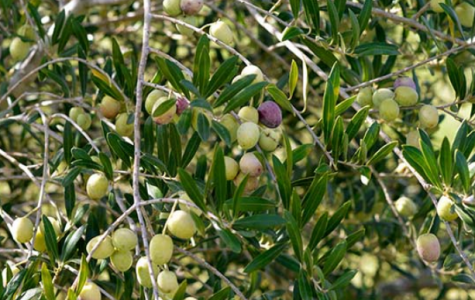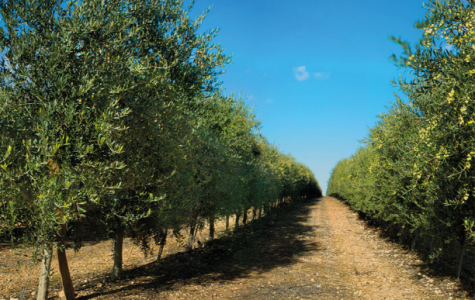The olive tree is one of the most traditional and old crop of the Mediterranean areas. The olive oil obtained has served for centuries as food and applications such as raw material to lighting and medical products.
The actual situation is exceptional due to it high demand and profitability, thanks to the successful food campaign which stands out its therapeutic and nutritive properties. The crop surface is continuously growing. Spain and Italy are the main producers worldwide, followed by Greece, Turkey and Tunisia.
In Pakistan , Olive tree plantation also started. The feasibility of olive cultivation is mainly restricted to dry, hilly areas of the country , like in Balochistan / Pothohar / Khyber Pakhtunkhwa
To its correct development it needs few cool hours and a lot of hot (between the outbreak and Blooming there is a 3-4 months period, and 6-7 months from the Blooming to the harvest). The most serious meteorological agents are the dry winds and the high temperatures during blooming, so there is a widespread ovarian failure, and a falling in the production.
It is resistant to chalky soils, although there are differences taking into account the different varieties (Hojiblanca variety behaves well). It is very tolerant to salinity. It is a plant thirsty for light, so a deficient in of such reduces dramatically the growing of flowers or an inviability of these, due to the insufficient of assimilated in the axilla of the leaves.
Traditionally has been sold using very wide plantation spacing without justification; the average plantation density should be of 72 trees by hectare, although nowadays the recommended is 312 trees by hectare, even reaching the 400 in drip irrigation. In dry areas it is important not to surpass the 300 trees by hectare. The spacing is rectangular, of 7 x 5 or 6 x 4 .
The outputs are increased with irrigation, under the 800 of precipitation irrigation is necessary, being the most suitable system the localized drip irrigation, with 1800-1900 litres by tree and year, in April, May, June, August and September with 100 litres by day and tree.
Another maybe more efficient alternative is to concentrate irrigation on the hottest months, having 70 litres per day and year in April, 90 litres by day / tree in May, 110 litres by day and tree in June, 130 litres y day and tree in July, 110 litres by day and tree in August, 90 litres by day and tree in September.

